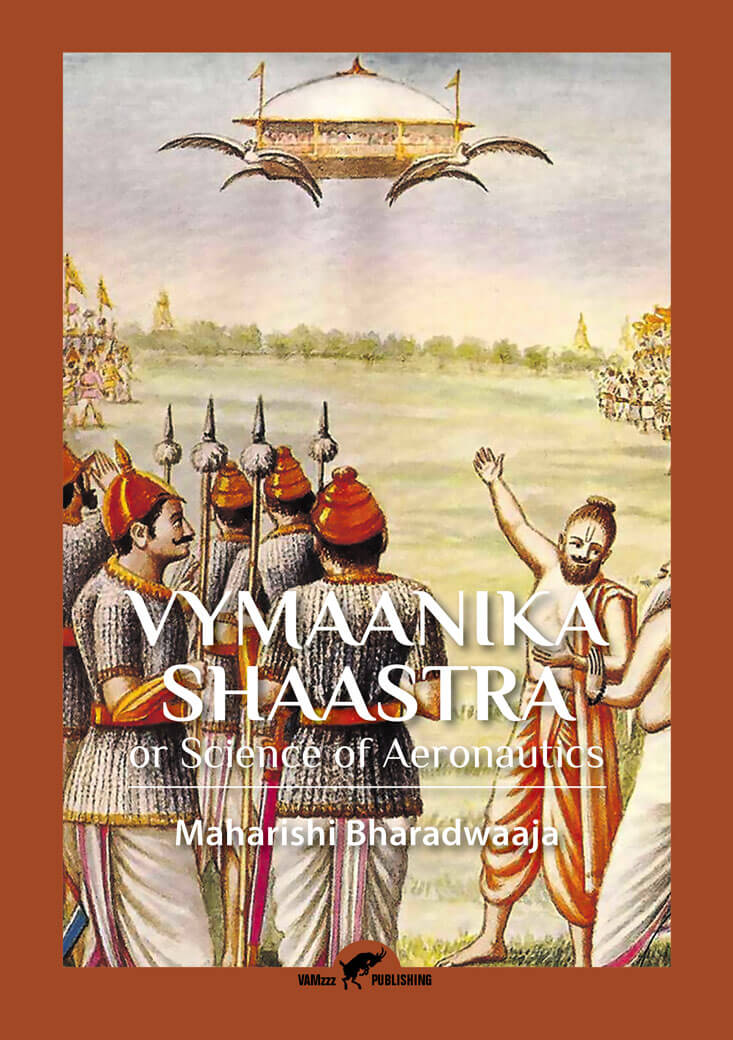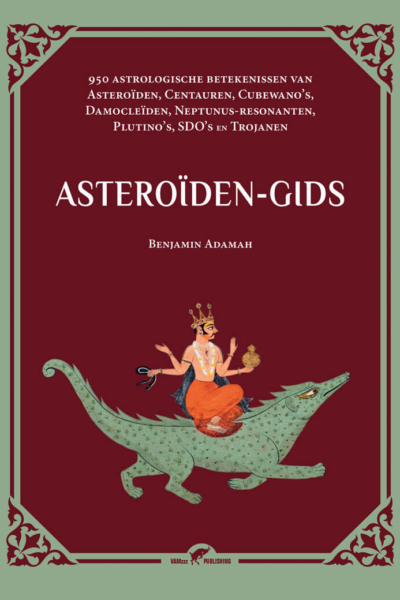Description
Vymaanika Shaastra, the Science of Aeronautics
Just like the Nazi UFO’s, the Vedic flying machines dwell somewhere in the realms between apocryphal technology and the occult. The work Vymaanika Shaastra or Vymaanika Shastra been ascribed to the sage Maharshi Bharadwaja. Maharshi Bharadwaja is known to be a scholar both in science, philosophy, cosmology and warfare.
The work on ancient Vedic flying machines was channelled by Pundit Anekal Subbaraya Shastry to a Sanskrit scholar, Sri G Venkatachala Sharma and translated into English by G. R. Josyer.
Vedic flying machines
Why this intro? Well, two reasons: The Vedic flying machines were supposed to be capable of the same flight manoeuvres as the German saucers, and the Vymaanika Shaastra (or Vymanika Shastra) is also channelled. Just like the Nazi UFO’s, the Vedic flying machines dwell somewhere in the realms between apocryphal technology and the occult. The Vymaanika Shaastra is a channelled work, yet… The 102nd Indian Science Congress, held at the Mumbai University in January 2015, organised a session on “ancient sciences through Sanskrit” in which a presentation on Vaimānika Śāstra (Vimanika Shastra) was included. It was delivered by Anand J. Bodas, a pilot, and Ameya Jadhav, who holds in an M.A. in Sanskrit as well as an M.Tech. degree. Bodas, speaking to the news media, has said that the aeroplanes of Vedic times could fly not only from country to country, but also “from planet to planet.” “In those days, aeroplanes were huge in size, and could move left, right, as well as backwards, unlike modern planes which only fly forward,” he added. NASA was not amused and NASA scientist Ram Prasad Gandhiraman, launched an online petition demanding that the talk be cancelled as it represents pseudo-science.
Vimana controlled by the mind
A vimāna is a flying palace or chariot described in Hindu texts and Sanskrit epics which was controlled by the mind. The Pushpaka Vimana of the demon king Ravana (which was taken from Lord Kubera, and returned to him by Rama) is the most quoted example of a vimana. The Sanskrit word vi-māna literally means “measuring out, traversing” or “having been measured out”. Vimāna may denote any car or vehicle, carrying its occupant through the air. Other descriptions make the vimāna more like a house or palace, and one kind is supposed to be seven stories high, especially a bier or a ship as easily as a palace of an emperor. In some modern Indian languages like Telugu, Hindi, vimāna simply means “aircraft”.








